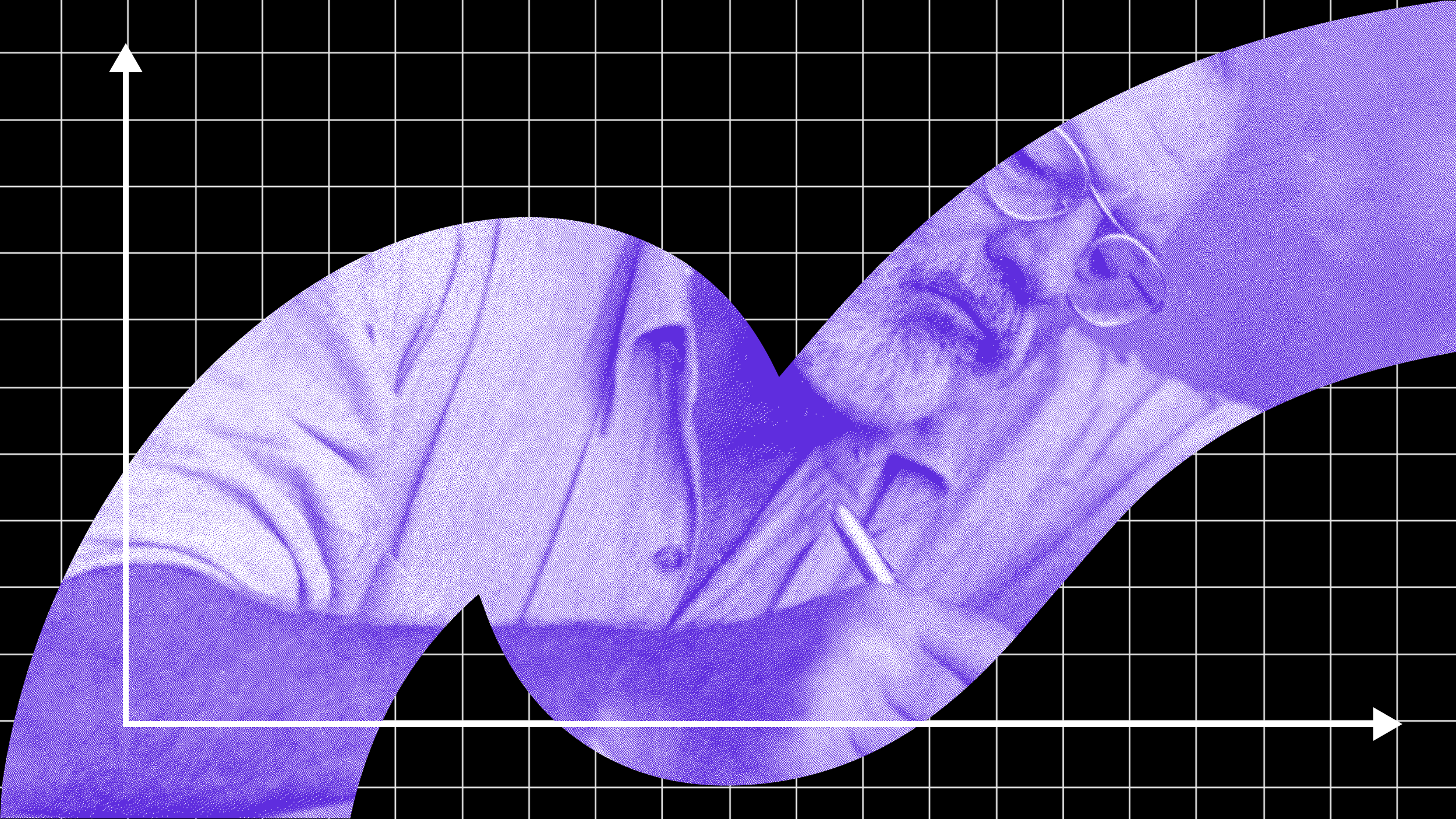Tim Ferriss: How to break the procrastination spell – for good

Is there anyone who hasn’t at one time or another found themselves procrastinating? It can gradually become a terrible trap: As a deadline looms, the task seems to grow bigger and more daunting until you find yourself practically paralyzed by the growing pressure and the guilt of not having dealt with it. Tim Ferriss, blogger, podcast host and author of Tools of Titans and The 4-Hour Workweek, has a practical system that can help you break through that wall. Ferriss shares it in his Big Think+ video “Beat Procrastination.”
Organize your task: Keep it small, keep it defined
- Begin by clearly defining the overall task, and identify its completion date — determine precisely when it needs to be done. This will be the terminus of the timeline you’ll create.
- Next, figure out the various actions you’ll need to perform to achieve the overall task. Ferriss refers to each of these sub-tasks as a “bucket of activity.”
- Determine the first thing you have to do in each bucket.
- Decide the order in which to address the buckets. This step involves some strategizing. Do any of your buckets require the prior completion of another? Do any of them make subsequent buckets easier for you to deal with, or unnecessary altogether? Says Ferriss, “This is a key question I ask all the time: Which one of these will make all the rest easier to do if done first, or all the rest irrelevant, don’t even need to do them. That is how I will then hone in on one piece of the puzzle. And this can be applied all over the place.”
- Map the buckets out onto your timeline so you know when you should begin each one and the point at which you need to complete it.
Self-encouragement: Rig it so you can win
It can be amazingly hard simply to get started on something. The task may be intimidating, it may be boring, but you just really don’t want to do it. Ferriss offers a few strategies to nudge yourself out of inaction.
Try doing less than you’re actually capable of to make it easier to just get started. Ferriss uses flossing as an example: Just get yourself to floss your two front teeth to break the spell and get going.
In his video, Ferriss also describes the “mini homework assignments” prolific music producer Rick Rubin may give a stuck artist. He may ask, “Can you get me one word or one line that you might like for this song that you’re working on by tomorrow, is that possible?” Once the procrastination spell is broken, the worst is over.
Ferris also recommends lowering your standards to get going. Expecting perfection from yourself is a great recipe for freezing up. You can always return to your work later, once you’ve completed the entire task, to hone or fix things.
Along the same lines is the danger of setting yourself productivity goals you’re unlikely to meet, and will most likely beat yourself up over. As a writer, Ferriss lowers his daily writing goals to help ensure he earns himself a good-feeling win each day. “That’s what I’ve done for my last three books is two crappy pages per day. That’s all I need. If I don’t end up using them that’s fine I just need to get out two crappy pages.” Your feeling of success may even make you produce more as you go along. Or not. You need some victories as you work your way through your buckets.
Use restraints to keep winning: Set some limits
Because work tends to swell to fill the allotted time, it’s easy to get overwhelmed — thank you, pressure and guilt. Ferriss suggests working in sprints. He’s a fan of the Pomodoro Technique in which you work for limited stretches called “pomodoros” after the tomato-shaped kitchen timer the method’s creator used to develop his technique. You work for just 20 to 25 minutes to keep from taking on too much at a time, after which you get a five-minute break. After a specified number of pomodoros, your breaks are extended.
Ferriss also suggests applying a little friendly social pressure to keep yourself on track. He’s made bets with friends about going to the gym — “it’s incredible what a small amount of money can do.” He’s particularly fond of leveraging “loss aversion” with these bets. It’s the idea that people are motivated less by winning money than they are by simply not losing it.




